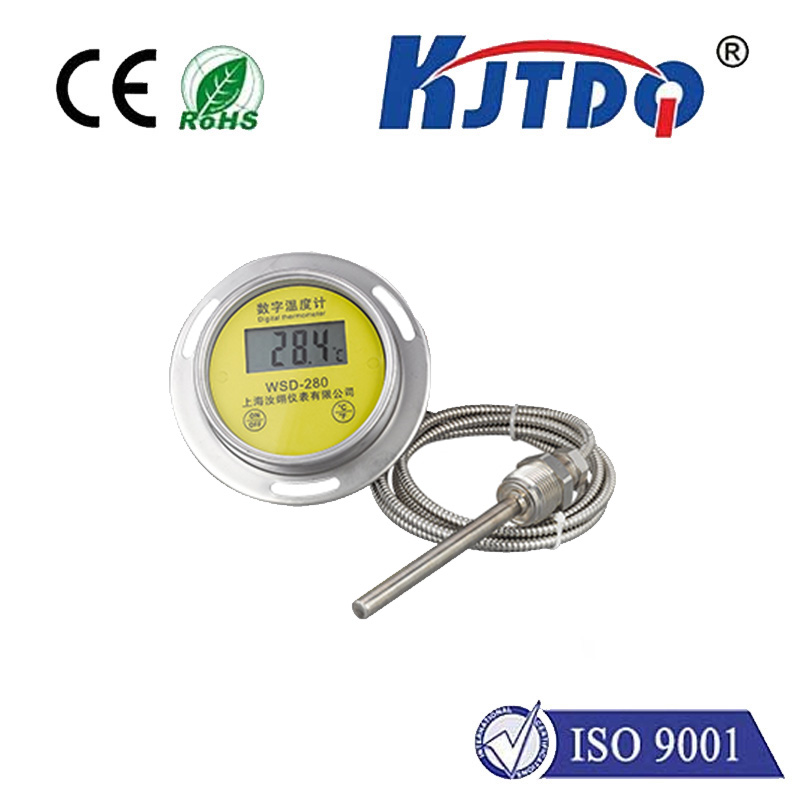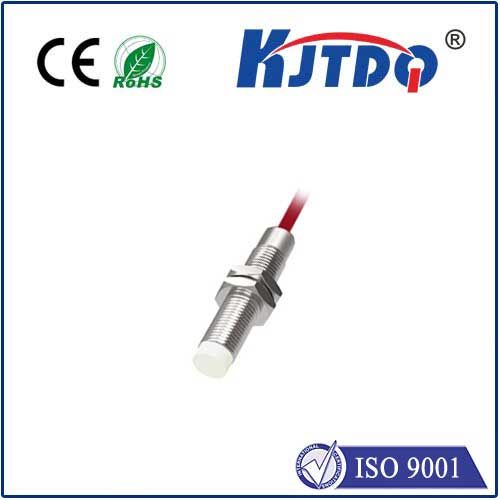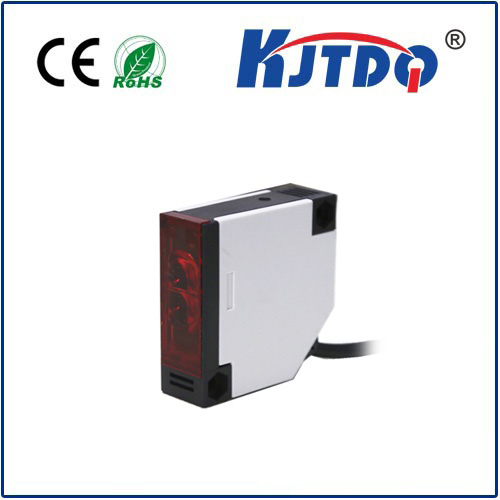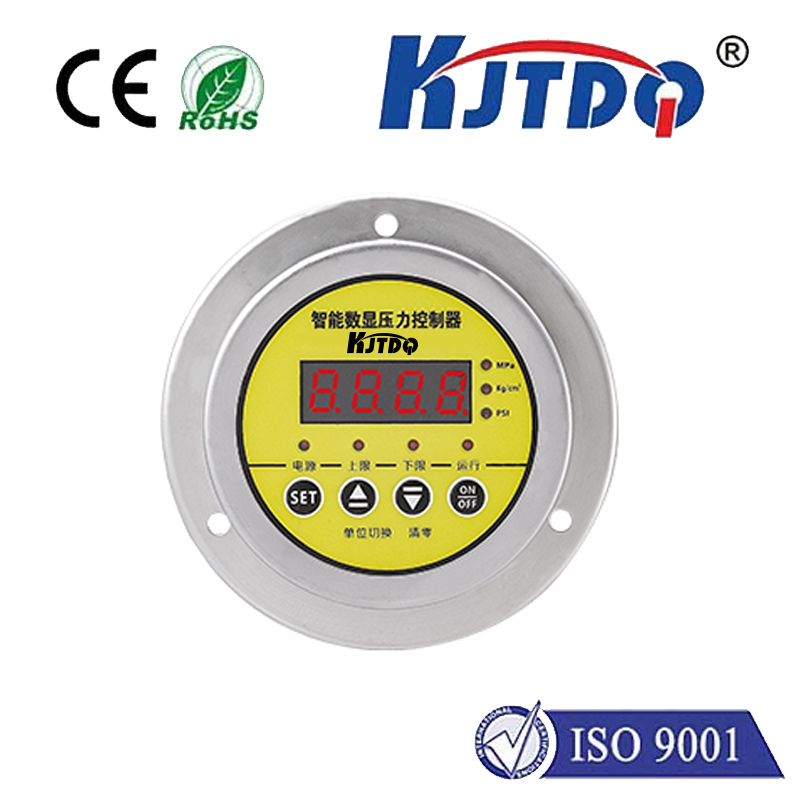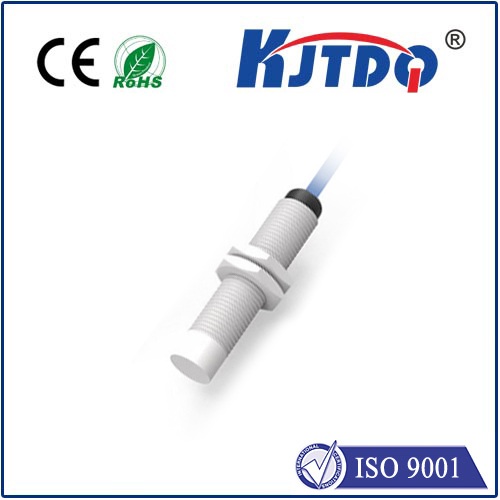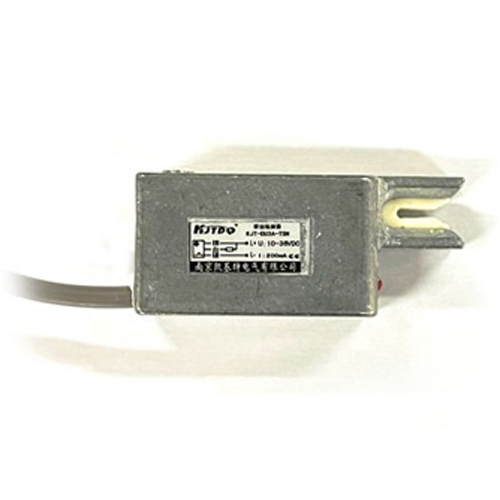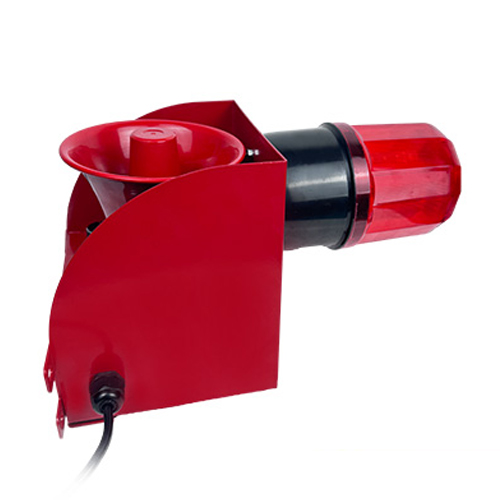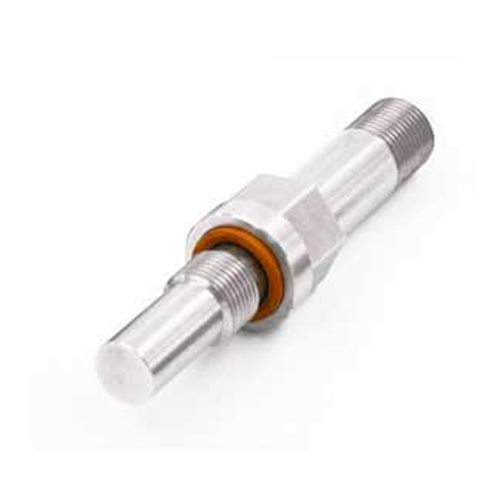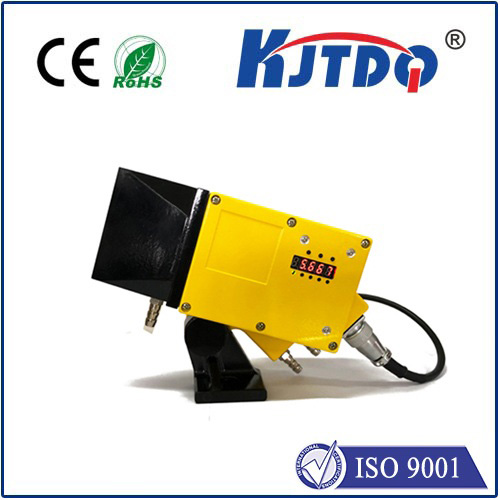moeller limit switch
- time:2025-08-06 11:03:13
- Click:0
Unlocking Precision Control: The Essential Guide to Moeller Limit Switches
Ever wondered how massive industrial machinery knows precisely when to stop, start, or change direction? How a robotic arm flawlessly repeats its path, or a conveyor belt halts exactly where the package needs to be unloaded? The answer often lies in a seemingly simple yet absolutely critical component: the limit switch. And when reliability, durability, and precision are non-negotiable, Moeller Limit Switches stand out as a trusted solution engineered for demanding industrial environments.
Understanding the Mighty Limit Switch: The Unsung Hero of Automation
At its core, a limit switch is a fundamental electro-mechanical sensor. Its primary function is to detect the presence or absence, or the physical limit of travel, of an object. This detection is achieved through a mechanical actuator (like a lever, roller, or plunger). When the actuator is moved by the target object, it internally changes the state of electrical contacts within the switch. This simple action – opening or closing an electrical circuit – becomes a powerful signal. This signal tells a control system (like a PLC - Programmable Logic Controller) that a specific physical position has been reached, triggering a programmed response: stopping a motor, starting a new sequence, activating a safety brake, or counting items.
Why are these devices so indispensable? They provide critical position feedback essential for:

- Precision Control: Ensuring machines operate within defined physical boundaries.
- Sequencing: Initiating the next step in an automated process once a position is confirmed.
- Safety: Acting as end-of-travel stops to prevent mechanical damage or as components within safety circuits (when appropriately rated and integrated).
- Detection: Confirming the presence or passage of objects on conveyors, in assembly lines, or in material handling.
Why Moeller Limit Switches Command Respect in Industry
Moeller, now expertly integrated into the Eaton ecosystem, brings decades of experience in electrical components and control systems to its limit switch portfolio. Choosing Moeller means investing in solutions built to endure the rigors of industrial life:
- Robust Construction & Unmatched Durability: Moeller switches are synonymous with resilience. Engineered with high-quality materials and meticulous sealing (often boasting high IP ratings like IP67, signifying excellent protection against dust and water ingress), they shrug off harsh conditions – dust, moisture, oil, vibrations, and significant mechanical impacts are no match. This translates directly to reduced maintenance and significantly extended operational lifespans, delivering tangible cost savings over time.
- Precision Engineering for Reliable Operation: Consistency is king in automation. Moeller limit switches are manufactured to tight tolerances, ensuring high repeat accuracy. This means they deliver a signal at the exact required point, time after time, cycle after cycle. Mechanical lifetimes often rated in the millions of operations underscore this reliability. You can design your processes knowing the switch will perform its duty dependably.
- Versatility Through Extensive Selection: No single application fits all. Moeller understands this, offering an impressive range of actuator types (lever, roller plunger, rod plunger, wobble stick, fork lever) and housing configurations (standard, compact, heavy-duty). This broad selection ensures you can find the perfect switch tailored to your specific mounting constraints, operating environment, and actuator needs. Options like slow-make/slow-break contacts cater to specific electrical load requirements.
- Seamless Integration & Global Support: Designed with the installer and maintenance technician in mind, Moeller switches often feature intuitive mounting options and clear terminal markings. Being part of Eaton means access to a vast global network for technical support, readily available spare parts, and the assurance of a major industrial brand standing behind its products.
Moeller Limit Switches in Action: Real-World Applications
The versatility of Moeller limit switches makes them ubiquitous across countless sectors. Here are just a few examples where they deliver critical performance:
- Factory Automation & Machinery: Controlling the end positions of cylinders, confirming tool changes in CNC machines, detecting workpiece presence on fixtures. In packaging machinery, Moeller switches ensure cartons are positioned correctly for sealing, flaps are folded properly, and products are present for labeling.
- Material Handling Systems: Serving as end stops for overhead cranes and gantries, confirming pallet position on conveyors, detecting gate positions in sorting systems, and ensuring automated guided vehicles (AGVs) align correctly at docking stations.
- Elevator & Escalator Control: Providing essential position feedback for car leveling, detecting door open/closed status accurately, and triggering safety interlocks at the top and bottom of the shaft. Their reliability is paramount for passenger safety.
- Renewable Energy (e.g., Wind Turbines): Monitoring the pitch angle of blades, confirming the position of yaw drives, and acting as safety limit stops for critical mechanisms within the nacelle. Their robustness is vital in these exposed, high-vibration environments.
- Automotive Manufacturing: Used extensively on robotic weld cells to confirm fixture clamp status, verify part loading/unloading positions on transfer lines, and control the travel of automated painting arms. Precision and resistance to weld spatter and coolants are crucial here.
- Process Industries: Monitoring valve positions, confirming tank lid closure, detecting bin levels (via rotating paddle switches, a specialized type of limit switch), and ensuring access panels on equipment are securely closed before operation commences.
Optimizing Your Operations with the Right Choice
Selecting the optimal Moeller limit switch requires careful consideration of your application’s specific demands:
- Actuator Type: Consider how the target object will contact the switch. A long roller lever might be ideal for detecting a passing pallet edge, while a rigid plunger is better suited for precise end-position detection on a linear slide.
- Operating Environment: Assess exposure to dust, water, oils, chemicals, temperature extremes, and mechanical shock. Choose the appropriate IP rating and housing material (e.g., robust metal vs. chemical-resistant plastic).
- Electrical Requirements: Determine the voltage, current (amperage), and type of load (resistive, inductive) the switch contacts need to handle. Ensure compatibility with your control system PLC input requirements. Consider contact configuration (NO/NC).
- Mounting & Size Constraints: Evaluate the available space and preferred mounting method (e.g., standard base mounting, specific bracket).
- Performance Needs: Define required repeat accuracy, operating force on the actuator, and expected mechanical lifespan.
Invest in Precision, Invest in Reliability: Choose Moeller
In the intricate dance of industrial automation and control, precision and reliability are the cornerstones of efficiency, safety, and productivity. Moeller Limit Switches, forged from decades of engineering excellence and backed by Eaton’s global strength, provide the dependable position feedback essential for these critical tasks. Whether you’re safeguarding personnel on an elevator, ensuring a packaging line operates at peak speed, or guaranteeing a wind turbine blade pitches correctly in a storm, the robust construction, proven performance, and versatile design of Moeller switches deliver tangible operational advantages. They are not just components; they are vital enablers of seamless, safe, and efficient industrial processes. Explore the comprehensive Eaton Moeller portfolio to find the precise limit switch solution that elevates your application’s performance.






